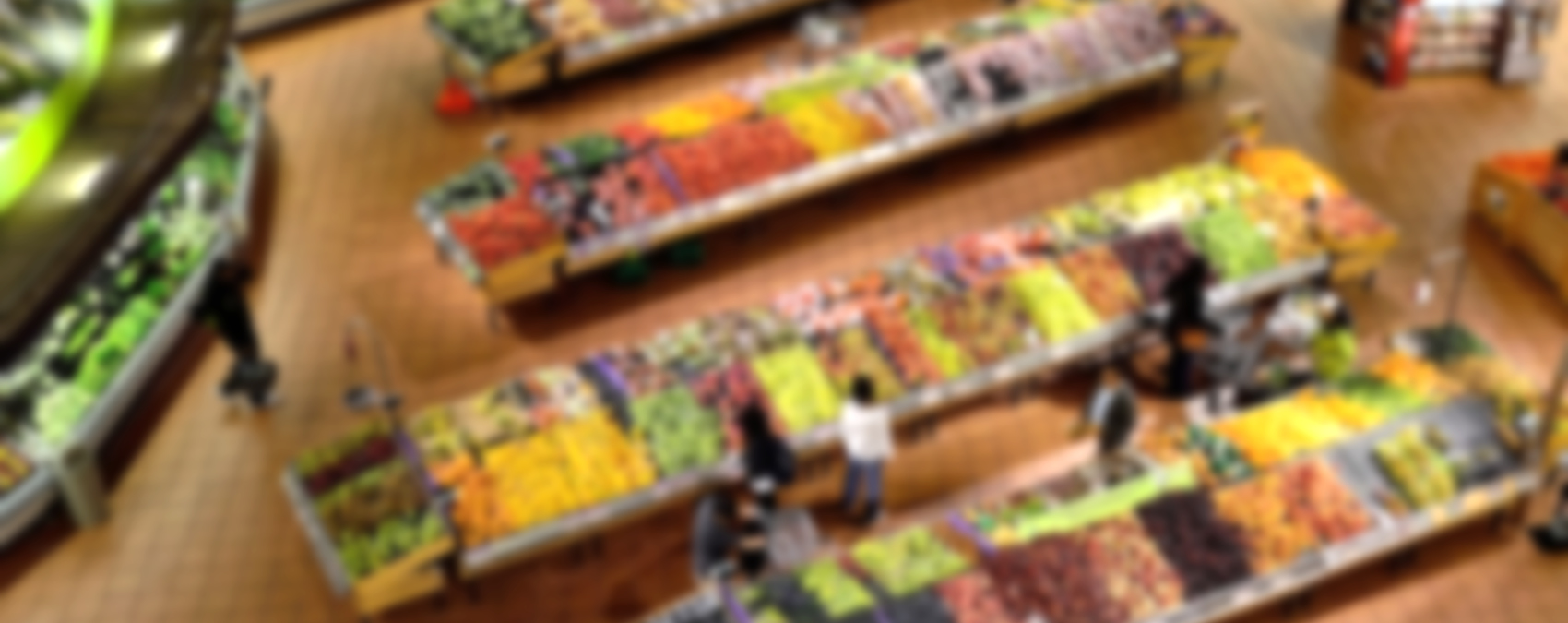GroceryShop is a new convention focused on the future of retail for CPGs and their Agency Partners.
IMS attended GroceryShop in late October 2018. GroceryShop is an offshoot of the very successful ShopTalk conference which brings together a who’s who of retailers, CPGs and service providers with limited seats and a carefully curated set of speakers to maximize the attendee experience. GroceryShop certainly lived up to ShopTalk’s promise with more than 2,300 attendees including headline speakers such as Nina Barton, KraftHeinz’s President of Global Growth and Yael Cosset, Chief Digital Officer of Kroger. Both Ms. Barton and Mr. Cosset as well as other speakers spent a good amount of their time on stage alluding to one of the largest retailers who wasn’t present – Amazon.
Key Takeaways Included:
The convergence of traditional and digital merchandising is accelerating
As InstaCart’s CEO Apoorva Mehta said – Amazon’s 2017 acquisition of WholeFoods was a “tipping point” that ensured all grocery players (retailers and CPGs alike) were speeding up their digital plans. Omnichannel grocers echoed Mehta’s comments but also stressed the need to integrate traditional and digital plans as consumers navigate their shopping experience with the brand regardless of location.
US lags other major markets in online grocery
Online grocery revenues in the US (1-2% of total grocery sales) trail those of China (3%+) and some European markets (UK, 6-8%). Combine that with Amazon’s continued investment in the space, and that means all hands on deck to address this issue in the US. However, with 90% of all retail sales and 75%+ of purchasing decisions still occurring in-store, retailers of all types need to think about how to create meaningful experiences both online and in-store as today’s consumer considers the brand holistically and not by channel.
Harnessing holistic in-store and on-line experiences fueled by technology
How can retailers and CPGs create these experiences and move as quickly in-store as we have learned to do online? How has in-store technology kept up with online merchandising and marketing? How can we speak to the same consumer similarly at retail and on our online properties? Fortunately, the expo space at GroceryShop had some technology vendors (many of them friends and partners of IMS) to help answer these questions.
- Tech-enabled compliance products ensure your hard work is worth it. Integrating best-in-breed technology solutions allow CPGs to focus on strategy and relationships with their distribution instead of fretting about “did it happen?”
Beacons – while many beacon use-cases that did not meet expectations, there are still great uses for them. Our partner, Footmarks, was at GroceryShop chatting with CPGs on ways to measure compliance of temporary displays and printed materials in-store. Installing beacons no larger than a quarter on a POP display enables marketers to understand the efficacy of distribution and placement of POP at retail. Through proprietary partnerships with consumer apps, retail customers’ phones “see” Footmarks’ beacons and anonymously report home to let brands know if a piece of POP was seen. If this information helps raise compliance of in-store merchandising by a few percentage points, it is worth the cost.
Crowd-Sourced In-Store Intelligence – Another IMS partner, Observa, was at GroceryShop as well. Observa combines crowd-sourcing, and a machine-learning-tuned image recognition system to allow brands to understand retail planogram and merchandising compliance. Brands buy “credits” in bulk to spend on tasks that have been designed for the power of the crowd to execute. While there are a few other companies that have done this before, there are two distinct difference in play here. First, the size of the crowd Observa delivers. Second, the algorithm Observa has developed to answer questions that would take too long for a person to perform (e.g., what is the count of my product in the primary facing at this location?)
Each of these solutions are powerful on their own. What gets very interesting is when they are combined. Imagine setting business rules on the performance of a beacon compliance solution to trigger an audit using a tool like Observa. If the northeast sales region under-performed all others based on beacon results, a marketer could trigger an X% audit/survey event in those locations where displays weren’t seen to better understand why—and improve one’s ability to have tough conversations with sales teams and distributors.
- In-Store Experiences using Store Infrastructure: Lights and shelf-tags – not the first thing that comes to mind when sitting down to design an in-store experience, but maybe it should be.
Lights – We met with Atrius Sensory Network, a part of Aquity Brands. Atrius manufactures LED lights complete with imbedded beacons and a cell-pulsing technology that enable experiences where precise positioning is required. Retailers can use these features with their apps to unlock location-based messages/wayfinding more easily than papering their stores with battery-powered beacons that get lost/damaged/stolen.
Shelf-Tags – E-ink shelf tags have been around for a while now, but what if we thought of them as more than paper replacements? We met with Altierre shelf-tag system to discuss what retailers and CPGs can do beyond showing price. E-ink shelf tags typically operate using a proprietary communication protocol broadcast from a device similar to the wireless routers we have in our homes. This device sends updates to the shelf tags so pricing is always up to date.
Additionally, these devices can be outfitted with NFC/RFID technology.To reduce the drain on the batteries on these tags, messages are typically updated only once a day – but imagine experiences where mobile devices can interact with this system to interact with consumers. These devices could interact with retailers and brands through tags to send messages to consumers based on their proximity. For example, a tag could temporarily switch its message for a user: “Karen – your Savers-Club savings price is $X.XX”. Consumers could load in their allergies/preferences into a retailer app and the tag message could communicate: “contains nuts”, “has gluten”, “ethically raised,” etc.
Another interaction opportunity is a recipe/grocery list use-case. Tap the tags at the retail shelf and items in an app grocery list are checked off. CPGs can also create a loyalty program for their products through interactions with the shelf-tags (e.g., “buy 5 Kraft Heinz products during at Kroger and get $5 off your turkey!”)
Exploring the Potential
For experience like the ones described above to exist, they must be well thought out, integrated and executed flawlessly to maximize ROI. Brands must be able to integrate the creative process, production, warehousing, kitting, logistics, technology, and analytics tools for any of these solutions to live up to their potential. Contact us to learn more about these partners, and how IMS can build integrated solutions for your retail plan.

Article Author: Nick Fearnley
Nick Fearnley is SVP of Technology at IMS. Nick works with IMS’ F500 clients to design in-store digital experiences for both brands and retailers, merchandising measurement, and execution technology. Previously, Nick was founder and managing director of a global SaaS digital signage company based in the UK. Nick is also a founding member of the Path to Purchase Institute’s SM2 Commission to Standardize the Measurement of Shopper Marketing.

